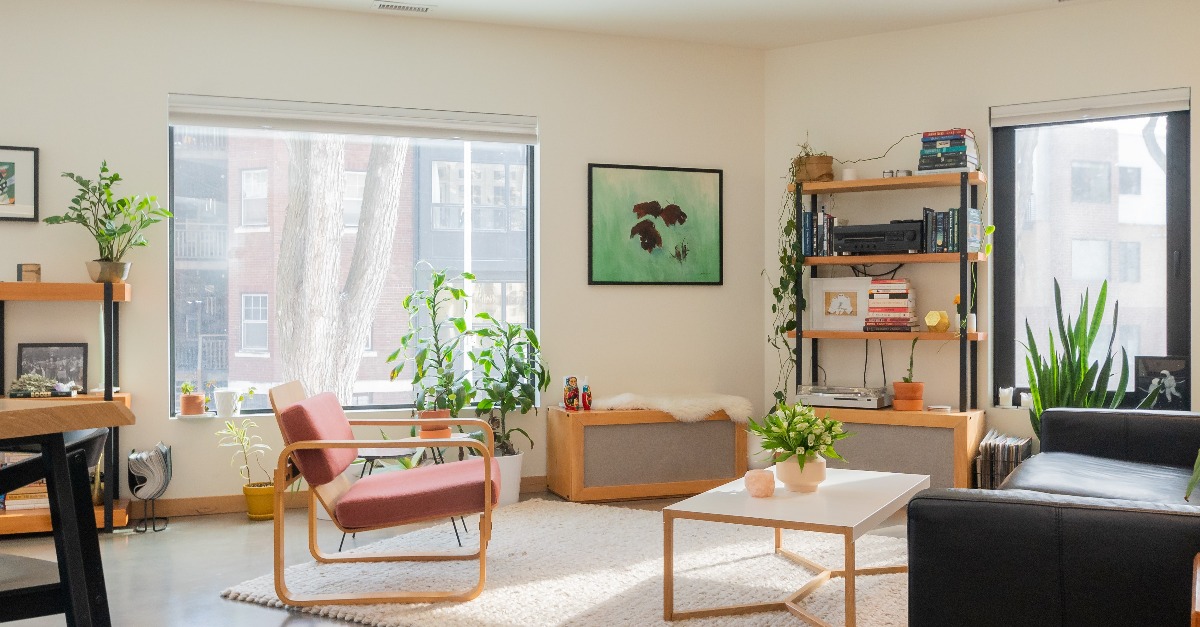How to Jump Start your Home Deposit Savings

So you’ve ticked ‘Europe trip’, ‘Start your career’, and ‘Go skydiving’ off your bucket list. Now what? Next on the list is ‘Buy a house’, but is that really achievable? The good news is yes! (or maybe!?)
For many young people, the idea of saving for a home deposit can be daunting and tedious. With such high property prices, and such a competitive market, saving your gold coins in a jar won’t get you very far. You might be a great saver and have the capacity to save a lot, but for those of us who struggle to actually put that money away, the First Home Super Saver Scheme may be the answer.
In 2017, the First Home Super Saver Scheme was introduced during the Federal Budget as a way to increase the affordability of homes for first time buyers. Essentially, this scheme allows to you to withdraw any salary sacrifice or voluntary contributions made to your superannuation fund and put them towards purchasing a house or land. It is a little bit more complex than that, so let’s do a little FAQ, shall we?
Can I do this?
Like most things in life, there are conditions, and you must meet certain criteria. In this case you must be 18 years old or over, never owned any sort of property in Australia before, and never requested that an amount be released to you in relation to the scheme. If you tick those boxes, you’re good to go.
How is this different to just putting money away in a savings account?
The tax benefits! I’m going to write another post about the benefits of salary sacrificing soon. Essentially though, any amount that is contributed to your superannuation fund is taxed at 15%. This means that while you’re saving for your deposit, you’re also saving on the difference between that 15% and your income tax rate. On top of this though, the funds that are released to you for the purchase of your house under this scheme are only taxed in that financial year at your marginal tax rate, less a 30% offset.
To put this into perspective, let’s say you earn $80,000 a year. Normally, you would get taxed at a rate of 34.5%. In this scenario, you want to save $10,000 p.a. for 2 years for a $20,000 house deposit. If you chose to put that $20,000 into a savings account, you’d have paid 34.5% tax on it (or $6,900) by the end of the 2 years. However, if you used the FHSSS and withdrew that $20,000 after 2 years, you would have only paid 19.5% tax (or $3,900). While you still have to pay tax, it’s better than paying your full income tax rate on these contributions and only earning the 0.05% interest that a standard savings bank account might offer.
How much can I contribute each year?
Currently, the maximum amount you can contribute in a one-year period is $15,000 (consider your concessional-contribution cap). The maximum total release amount (over any number of years) is $30,000 for each individual. This means that if you’re part of a couple, you could request a total of $60,000 to be released to you.
What are the cons?
While there might not necessarily be ‘cons’ to this scheme, there are a few things that you should take into consideration.
- Any money that you put towards this scheme will reduce the money you receive in hand each pay cycle. It’s called salary sacrifice for a reason. You are sacrificing some of that pay.
- The timing involved in releasing the funds can be tricky. You’ll need to organise a determination prior to requesting your release and signing your contract to determine how much you have and ensure you can actually use your funds. The process of requesting that your funds be released can also often take up to 25 days to complete. If you have your heart set on a particular property, this could mean missing out on that property. You can always apply for your funds to be released in advance – you have 12 months to sign a contract after receiving your funds but if after 12 months, you haven’t signed a contract and you still want to retain that money, you will be required to pay a FHSSS tax of 20%.
- You can’t change your mind – once you put money into your super account, there are very few ways to get it out prior to retirement. The money deposited for this scheme must be used for the purpose of purchasing your first home. If your car breaks down and you need to buy a new one, or the borders suddenly open up and you need a quick $10,000 to book your trip to New Zealand, you’re out of luck.
- Rules around super change pretty regularly. This means if the legislation surrounding this scheme changes, it may impact what you can and cannot withdraw. This isn’t necessarily something to live in fear of, but more so a risk to be aware of.
Now I know this scheme might not be everyone’s cup of tea, but for certain people this may be a game changer. Saving can be a huge challenge, and we want to give you all the opportunity we can to use tools such as the First Home Super Saver Scheme to help you get to where you want to be.
If you’re interested in finding out more about the First Home Super Saver Scheme or want to have a chat about what you can do to make the concept of buying your first home a reality, please reach out. We would love to hear from you!





